4D Seismic Monitoring of Hydrocarbon Drainage
Wei He and Roger N. Anderson
Lamont-Doherty Earth Observatory
Columbia University
June 25, 1996
Location of the study area and orientation
of the two 3-D seismic surveys
in the Eugene Island Block 330 Field
Gulf of Mexico

The two seismic volumes are oriented into a common grid
The 1985 3-D Seismic Volume
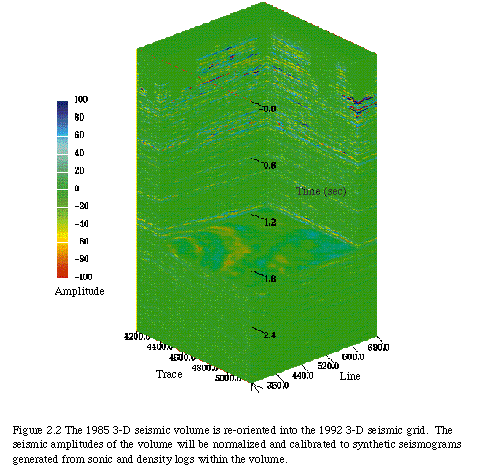
The 1992 3-D Seismic Volume
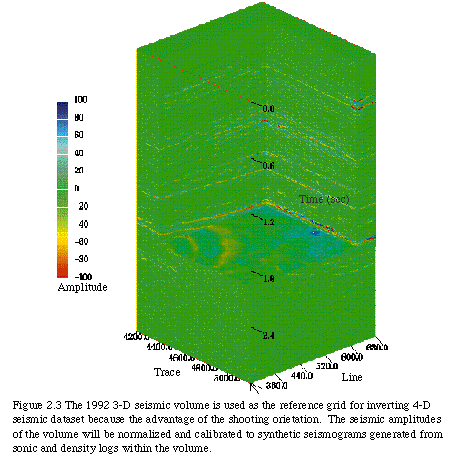
Qualitative Seismic Amplitude Analysis
Methodology
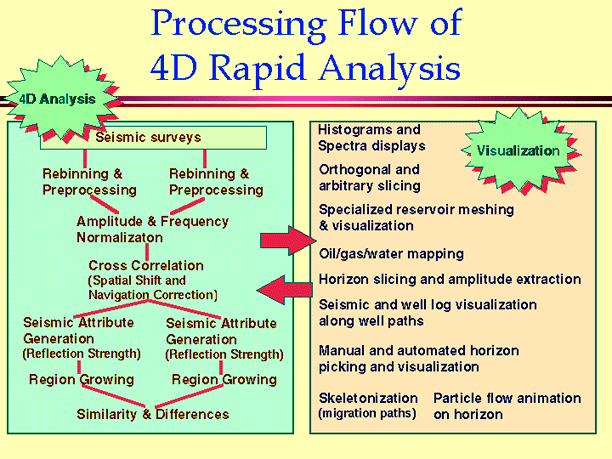
4D Seismic Amplitude Difference Shown in 3D
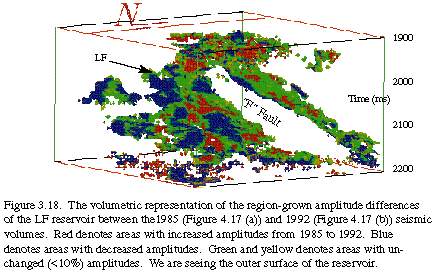
The seismic amplitude differences obtained at this stage are rather qualitative
Quantitative Acoustic Impedance Analysis
Non-linear Seismic Inversion
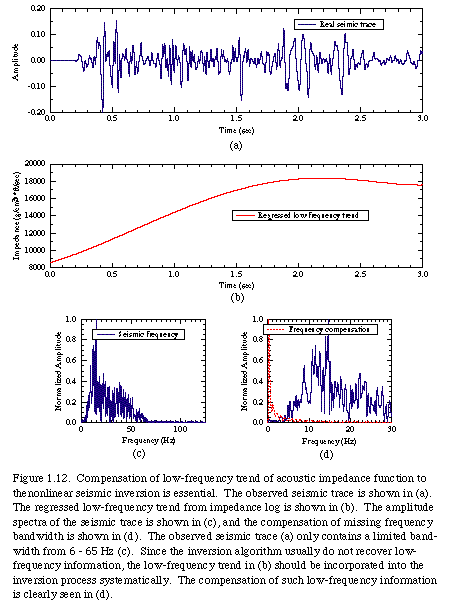
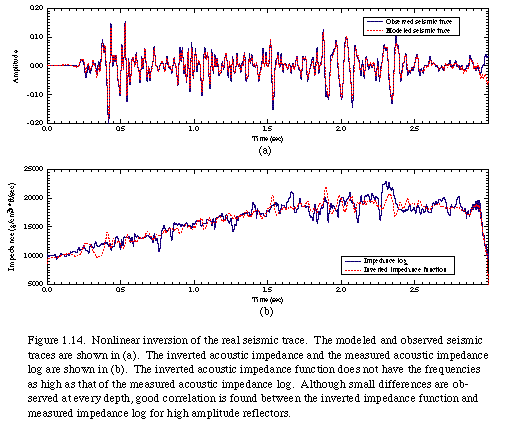
The obtained acoustic impedance function has the broader bandwidth than the original seismic trace
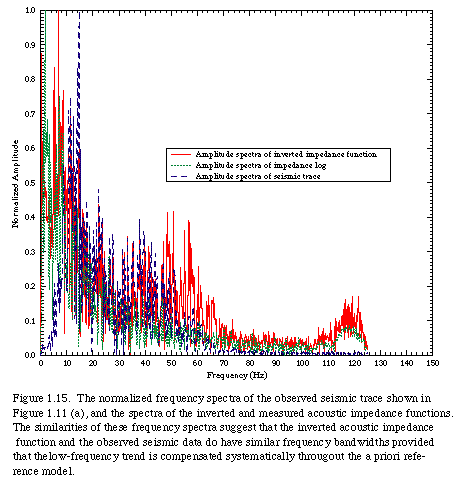
The Extracted Seismic Wavelet Cubes from 4D Nonoliner Seismic Inversion
Wavelet Changes in Depth Direction of the 1985 Seismic Survey
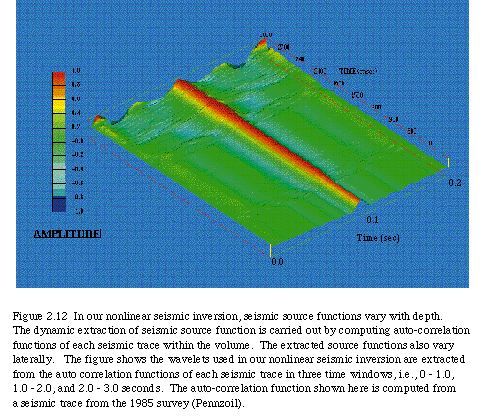
Wavelet Changes in Depth Direction of the 1992 Seismic Survey
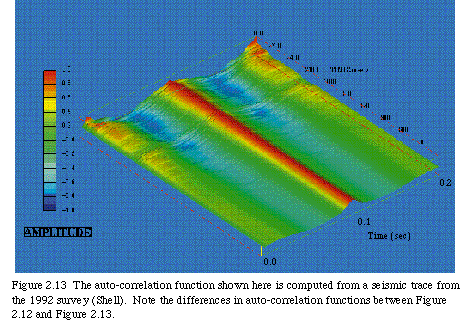
Wavelet Changes in both Lateral and Depth Directions of the 1985 Seismic Survey
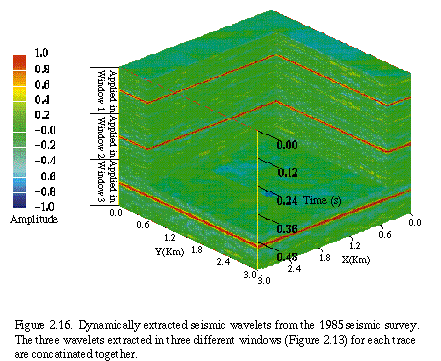
Wavelet Changes in both Lateral and Depth Directions of the 1992 Seismic Survey
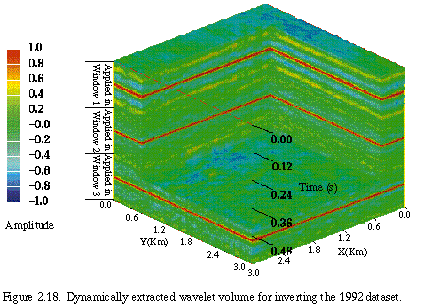
The differences between these cubes are in fact the summation
of the data processing differences
applied by geophysical data processing companies.
Inverted Acoustic Impedance volumes
The Estimated Acoustic Impedance Volume of the 1985 Seismic Survey
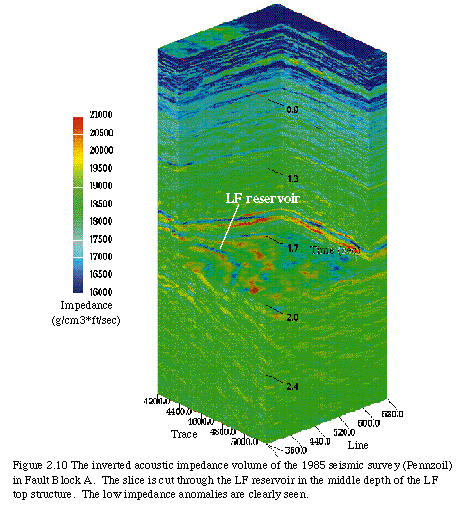
The Estimated Acoustic Impedance Volume of the 1992 Seismic Survey
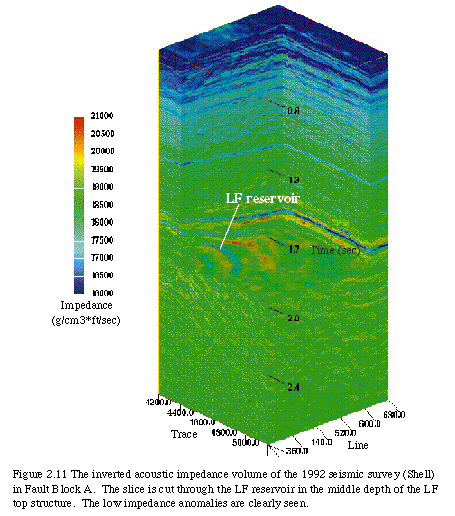
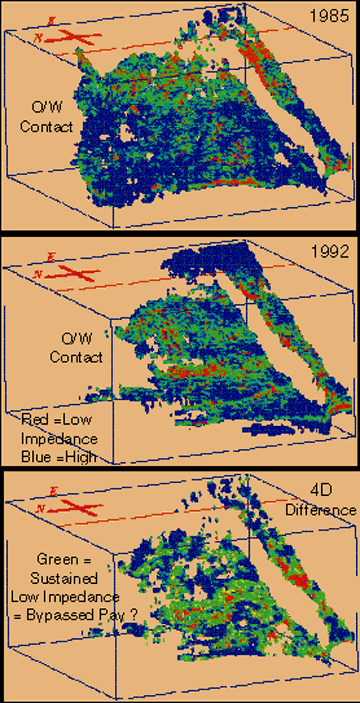
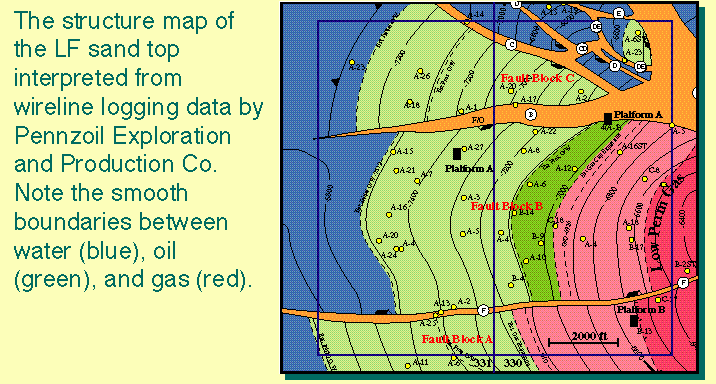
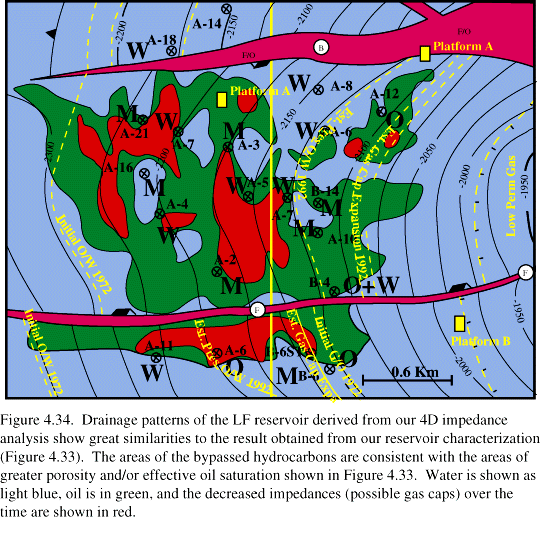
Conclusion
4D seismic data are extremely valuable in mapping reservoir heterogneity.
4D amplitude analysis is a robust, rapid analysis tool in analyzing 4D seismic data.
Our Non-linear seismic inversion is capable of obtaining accurate impedance data
4D impedance analysis is of great potential in quantifying 4D amplitude analysis results
4D seismic drainage analysis can be best performed using an integrated approach.
4D Seismic Monitoring Consortium
Thank you for your attention !
The End

















